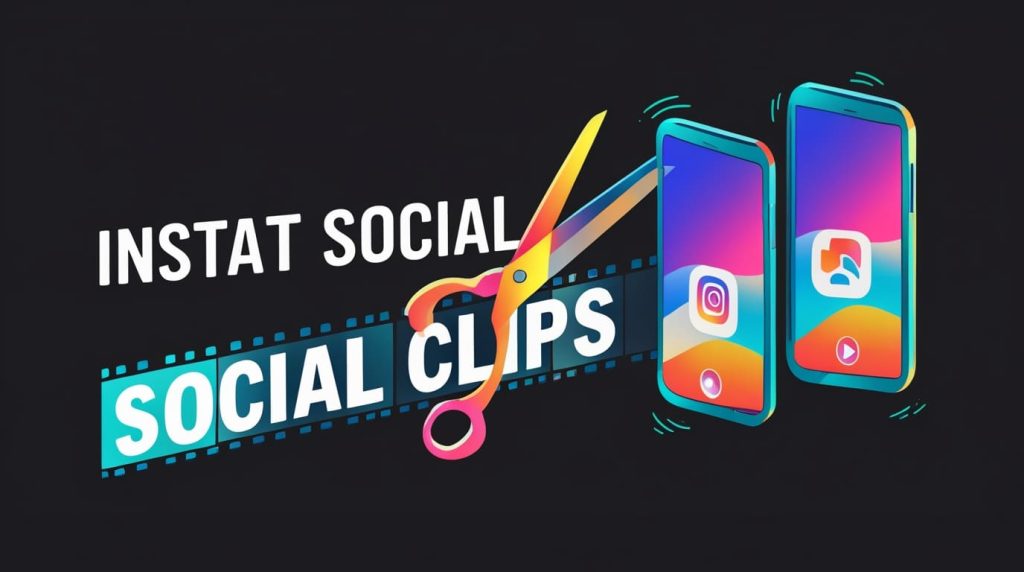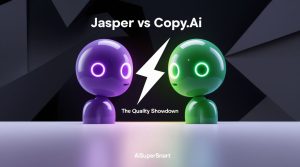Let’s be real for a second: being an independent musician today is exhausting. You aren’t just a songwriter; you have to be a graphic designer, a marketing agency, a video editor, and a mixing engineer.
I used to burn out trying to juggle all of it. Then, I stopped treating AI like the enemy and started treating it like an unpaid intern.
I spent the last month testing dozens of AI tools to see which ones actually help a real musician workflow and which ones are just hype. My goal wasn’t to replace my creativity—it was to clear the clutter so I could focus on the music.
Here is the exact toolkit I built to handle everything from writer’s block to Spotify Canvases.
Table of Contents
ToggleKey Takeaways: The “Too Long; Didn’t Read” Version
If you’re in a rush to get back to the studio, here is my top-tier stack:
- Best for Lyrics/Ideation: ChatGPT (Plus) – But only if you use the “Co-writer” prompting method below.
- Best for Album Art: Midjourney – Steep learning curve, but unmatched quality.
- Best for Mastering: Landr – Solid for demos and streaming releases.
- Best for Social Clips: OpusClip – Turns long videos into TikToks instantly.
- My Golden Rule: Never copy-paste AI output directly. Use it to generate 100 ideas, pick the best 3, and make them your own.
1. The Songwriting Phase: Breaking the “Blank Page” Syndrome
A lot of people hate on AI lyrics, and they are right—usually. If you ask ChatGPT to “write a song about heartbreak,” it’s going to give you cheesy, rhyming-dictionary garbage.
Related Posts
- AI-Powered Phone Scams Target Gmail Users: “Most Sophisticated Attack Yet”
- NSFW Art Generator Ai
- Google Injects Ads into AI Chatbots: The Monetization of Your Digital Assistant
- Bark Translator: Baidu’s AI Tool Aims to Decode What Your Dog is Really Saying
- Microsoft-DeepSeek Alliance Sparks AI Privacy Concerns
I found that AI is terrible at writing songs, but incredible at brainstorming them.
The Tool: ChatGPT (Free or Plus)
Instead of asking for a whole song, I treat ChatGPT like a rhyming dictionary on steroids.
The Strategy I Use:
When I was stuck on a second verse, I didn’t ask for the verse. I fed ChatGPT my first verse and said:
“I’m writing a song with a tone similar to Phoebe Bridgers. Here is the first verse. Give me 10 distinct metaphors for ‘isolation’ that fit this vibe. Do not rhyme.”

By asking for metaphors instead of rhymes, I got phrases like “static on a switched-off TV” or “a phone ringing in an empty house.” I took those images and wrote the lyrics myself.
My Verdict: Use it for vocabulary lists and breaking writer’s block. Do not let it write your hook.
2. The Production Phase: Separation & Mastering
I am a decent producer, but I am not a mastering engineer. I also struggle when I want to sample an old track but can’t get the vocal off the drums.
The Tool for Sampling: Moises.ai
This thing is magic. I uploaded a rough voice memo where I was playing guitar and singing at the same time. I wanted to keep the vocal but re-record the guitar.
I dragged the file into Moises, and it separated the tracks cleanly. It allowed me to use my original vocal guide while I laid down a new, professional acoustic track underneath.
The Tool for Mastering: Landr
I tested Landr against a track I paid a human engineer $150 to master.

The Result: The human master had slightly more warmth in the low-mids, but the Landr master was competitively loud and crisp.
- My advice: For your big album release? Hire a human. For your demos, SoundCloud drops, or social media snippets? Landr is more than enough and costs a fraction of the price.
3. The Visuals: Album Art & Spotify Canvas
This is where AI provides the most value for independent artists. Hiring a designer for cover art can cost $200+. I made mine for a $10 subscription.
The Tool: Midjourney (via Discord)
Midjourney is tricky because it runs through Discord, but the quality beats DALL-E 3 every time.
The Problem I Faced:
I wanted artwork that looked like a collage, not a digital painting.
The Prompt That Worked:
I found that specifying the medium is key. Here is the exact prompt I used for a Lo-Fi hip-hop single:
“/imagine prompt: a mixed media collage album cover, vintage paper texture, torn edges, surrealism, a lonely astronaut sitting on a park bench, muted pastel colors, grain filters –ar 1:1 –v 6.0”

Pro Tip: See that –ar 1:1 at the end? That ensures it comes out square. If you want a Spotify Canvas (the looping video background), change it to –ar 9:16 and use a tool like Runway Gen-2 to animate the image slightly. It creates a cool, moving “Harry Potter painting” effect that keeps people looking at your track longer.
4. The Promotion: Feeding the Content Monster
This is the part every musician dreads: “Content Creation.” You just want to make music, not act like an influencer.
The Tool: OpusClip
If you have a podcast appearance, a long interview, or even a 10-minute video of you breaking down your track on Twitch, OpusClip saves your life.
I uploaded a 15-minute YouTube video of a studio session. OpusClip analyzed the audio, found the 3 most interesting “hooks,” and automatically cropped them into vertical TikToks with captions already added.

It literally saved me 3 hours of editing in Premiere Pro. The cuts aren’t always perfect, but for keeping your feed active? It’s a lifesaver.
Common Pitfalls: Don’t Be “That Guy”
Before you go sign up for everything, a quick reality check from my experience:
- Copyright is murky. You generally cannot copyright purely AI-generated artwork. If you use Midjourney for your logo, you might not own that trademark. I use it for single art, but for my main branding, I still work with human artists.
- Don’t fake the vocals. There are tools (like So-Vits-SVC) that can clone famous singers. Just don’t do it. It’s legally dangerous and honestly, it’s tacky. Your voice is your instrument—keep that part human.
So, what’s the bottom line?
AI didn’t make me a better songwriter, but it made me a faster producer. It removed the friction between having an idea and executing it.
If you’re just starting out, I recommend grabbing a ChatGPT Plus subscription for brainstorming and learning the basics of Midjourney for your visuals. Those two alone will save you hundreds of dollars on your next release.
I want to hear from you. Are you using these tools, or are you a purist who thinks this is the death of music? Drop a comment below—I’d love to see what you’re creating.





